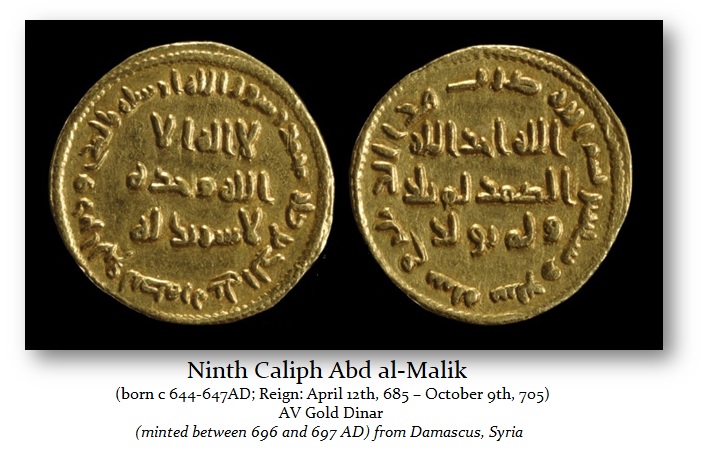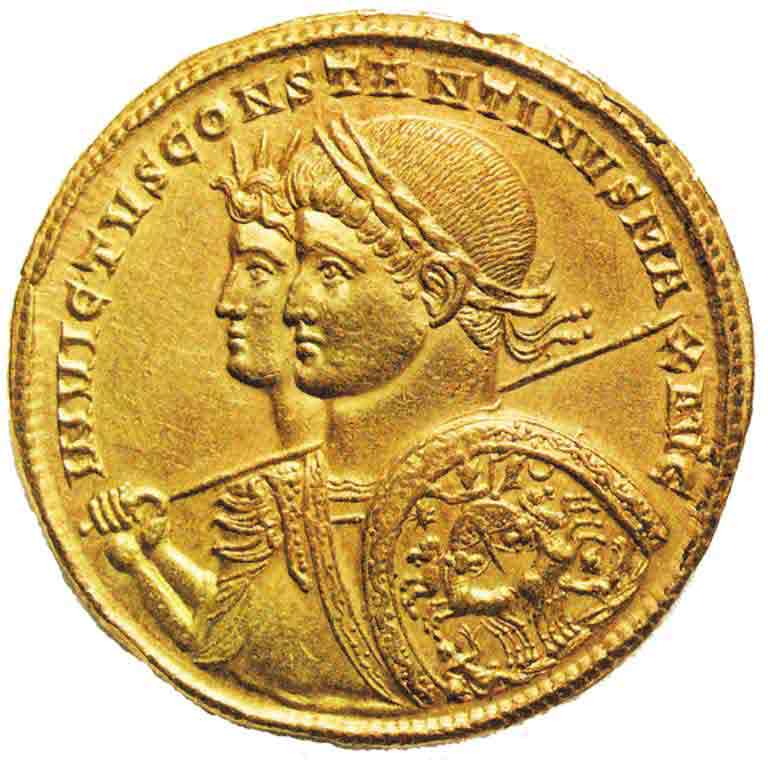There we go again… Toronto banned (Catholic and Orthodox) churches from giving Holy Communion. Not long ago, all churches were forced to close for more than two months and public Masses were banned. Now they’re opened, but Communion is banned. This virus is allowing the destruction of religion which was indeed part of the Marxist agenda. It is really amazing how draconian politicians are becoming, which is stirring up the religious right, and was a direct consequence of the Communist Revolution.
While Constantine I the Great had pictured himself with the Roman god Sol, he used Christianity as the excuse to plunder the pagan temples. There too, he used religion to divide the Roman Empire and he justified that there should be only one emperor because there was only one God.
 We also find a religious war within Christianity known as Iconoclasm. Following the Byzantine Emperor Justinian (527–565) saw a vast increase in the use of images. It was the year 695AD when Justinian II’s government added a full-face image of Christ on the obverse of imperial gold coins. The change caused the Caliph Abd al-Malik to stop using Byzantine coin types and he introduced the first purely Islamic coinage with only lettering.
We also find a religious war within Christianity known as Iconoclasm. Following the Byzantine Emperor Justinian (527–565) saw a vast increase in the use of images. It was the year 695AD when Justinian II’s government added a full-face image of Christ on the obverse of imperial gold coins. The change caused the Caliph Abd al-Malik to stop using Byzantine coin types and he introduced the first purely Islamic coinage with only lettering.
The iconoclasm began with Byzantine Emperor Leo III, who issued a series of edicts between 726 and 730 against the veneration of images. This ignited a religious conflict that led to priests being killed for protecting icons.
So religion has often erupted into social conflicts and civil unrest. We see this same issue reemerge during the 16th century when it erupted in Germany in Wittenberg during the early 1520s. It prompted Martin Luther to intervene arguing that the mental picturing of Christ when reading the Scriptures was similar in character to artistic renderings of Christ. Thus, the Lutherans favored sacred art in contrast to the Calvinists who argued for the removal of all religious images. Interestingly enough, it was the governments, in most cases, who removed images in the Reformed Protestant cities and territories of Europe.
There is a cycle to everything.


